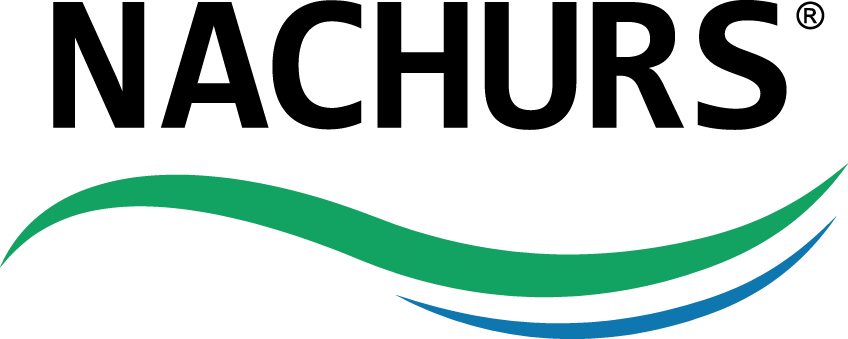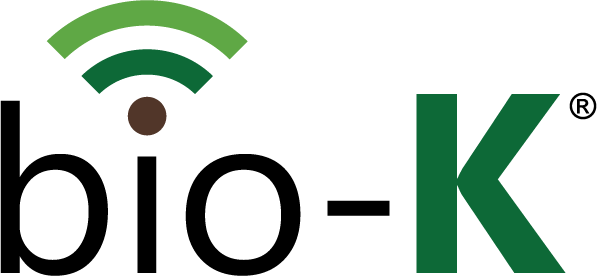Blattdüngung
Die Anwendung von Blattdünger wird seit vielen Jahren bei hochwertigen Spezialkulturen eingesetzt. Da Landwirte versuchen, den Nettoertrag und die Nährstoffeffizienz zu maximieren, findet die Anwendung von Blattdünger ihren Weg in viele der fortschrittlichen Pflanzenernährungsprogramme der Landwirte. Landwirte erleben die positiven Auswirkungen dieser Strategie auf die Steigerung der Ernteerträge und der Nährstoffeffizienz sowie die Verringerung der Auswirkungen, die Umweltfaktoren auf ihre Nährstoffprogramme haben.
NPK
Durch Blattdüngung wird das Nährstoffgleichgewicht in der Pflanze aufrechterhalten, was bei der Aufnahme aus dem Boden nicht unbedingt der Fall sein muss. Die Aufnahme wichtiger Nährstoffe durch die Wurzeln der Pflanze kann manchmal durch die Wurzelverteilung, Bodentemperatur, Bodenfeuchtigkeit, Nährstoffungleichgewichte im Boden oder andere Faktoren eingeschränkt sein. Primäre Nährstoffe, die über das Blattdünger aufgenommen werden, sind mobil und werden durch die gesamte Pflanze transportiert. Kalium wird leicht aufgenommen und ist sehr mobil. Phosphor wird langsamer aufgenommen, ist aber auch mobil und wird schnell transportiert.
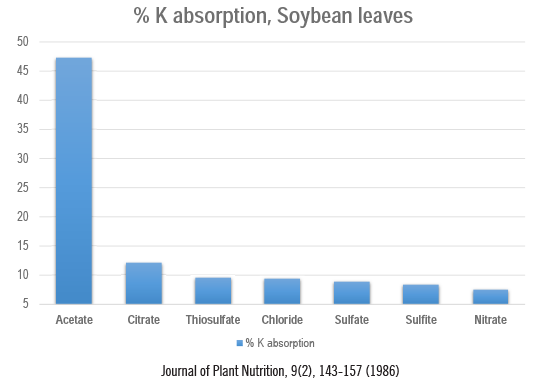
Mikronährstoffe
NACHURS-Mikronährstoffe sind vielseitig und können für eine zeitnahe Anwendung problemlos mit den meisten Pflanzenschutzmitteln gemischt werden.
Verfügbare Mikronährstoffe:
Langsam freisetzendes N (SRN)
Langsam freigesetzte Stickstoffprodukte ermöglichen es Pflanzen, Stickstoff mehrere Wochen nach dem Besprühen der Blätter auf der Blattoberfläche aufzunehmen. Stickstoff ist ein wichtiger Bestandteil während des Wachstums und der Entwicklung von Pflanzen und kann in Verbindung mit NPK-Düngemitteln zur Ertragsmaximierung beitragen. Langsam freigesetzte Stickstoffprodukte können auch in die meisten chemischen Pflanzenschutzprogramme integriert werden, um eine zeitnahe Anwendung zu ermöglichen.
Verfügbare SRN-Produkte: NACHURS SRN, NACHURS N-Rage Max
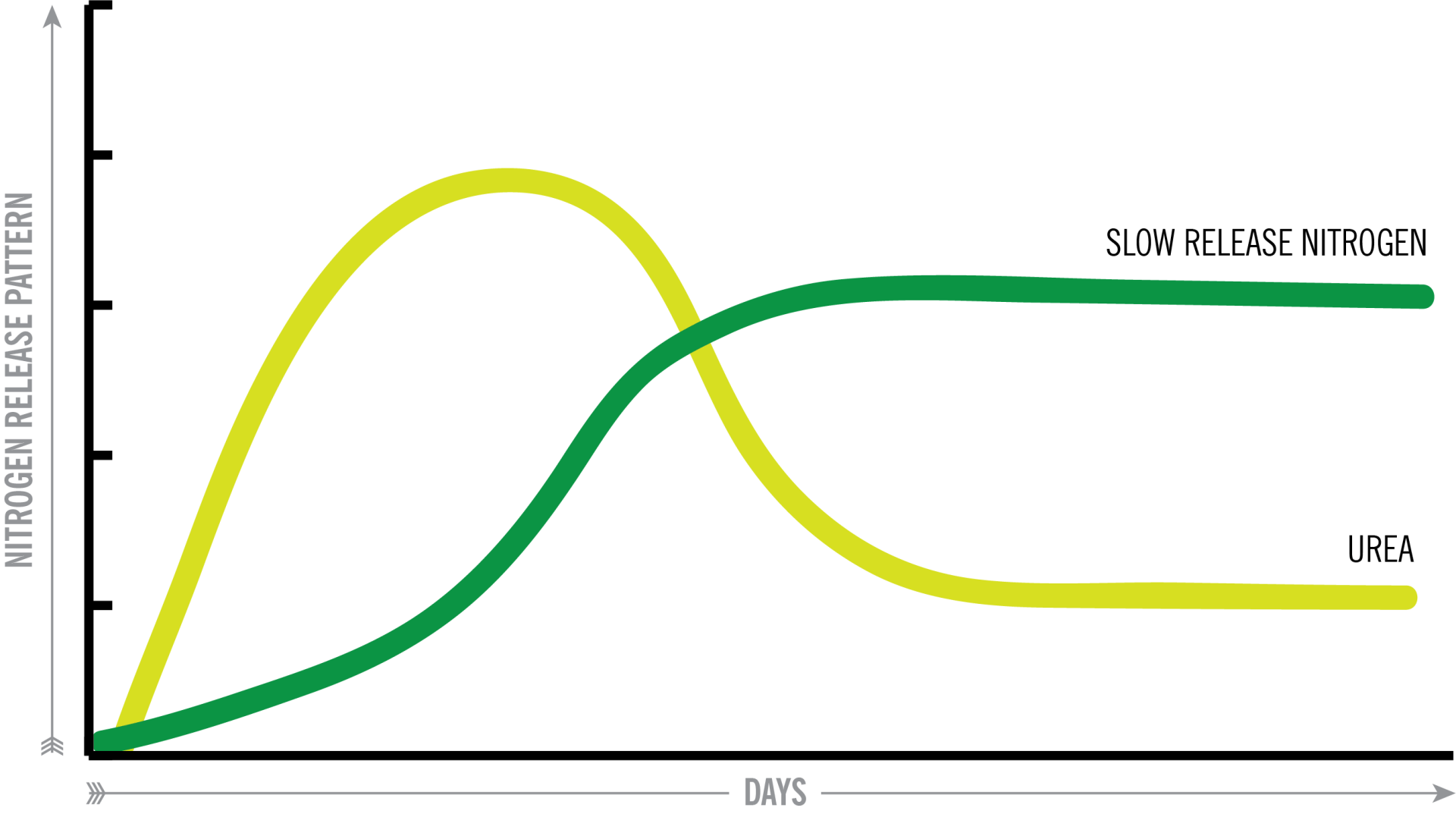
„Einer der angepriesenen Vorteile der Blattdüngung ist die erhöhte Aufnahme von Nährstoffen aus dem Boden.“
–George Kuepper, NCAT-Landwirtschaftsspezialist, Blattdüngung, 2003
„Einer der angepriesenen Vorteile der Blattdüngung ist die erhöhte Aufnahme von Nährstoffen aus dem Boden.“
–George Kuepper, NCAT-Landwirtschaftsspezialist, Blattdüngung, 2003
The effectiveness of foliar applied nutrition was first reported by the Michigan State University in the early 1950s. The U.S. Atomic Energy Department provided the University with a grant and radioisotopes of all nutrients for them to study the rates of absorption and movement within the plant. These early studies concluded that foliar applied nutrients were 8-10 times more effective in supplying the required nutrients than soil applied nutrients.
Other work has established the equivalency of foliar applied nutrients to soil applied nutrition. This type of work confirms what growers are seeing in their fields when foliar nutrition is used with a base fertilizer program.
The advantages of using foliar applied nutrition with a base fertility program are:
- Correct nutrient deficiencies as determined from soil or tissue tests
- Strengthen damaged crops
- Speeds up growth
- Stimulate root uptake
- Provide nutrient efficiency
Foliar nutrition results are highest when the plant is showing high growth activity, going from the vegetative to reproductive stage and when deficiencies are present or when the crop has been damaged. To achieve the best results, the foliar product should contain nitrogen to act as an electrolyte to carry the other nutrients and phosphorous to move the nutrients within the plant.
The foliar nutrients enter the plant through the leaf stomata and hydrophilic pores in the leaf cuticle. The nutrients are only absorbed while in solution on the leaf surface. For this reason, applications are best made in mornings and evenings when heavy dew is on the leaf surface, when there is high humidity, and temperatures are below 68°F.
Der erste Vorteil einer Blattdüngung ist eine Steigerung der Chlorophyllsynthese, die oft dazu führt, dass die Blätter ein dunkleres Grün annehmen. Die gesteigerte photosynthetische Aktivität stimuliert zusätzliches Wurzelwachstum; die Wurzelhaare wiederum scheiden überschüssigen Zucker aus, der mikrobielle Kolonien stimuliert. Diese Bakterienkolonien liefern Auxine und andere wurzelstimulierende Verbindungen. Mit der Steigerung der Zellaktivität erhöht der Gasaustausch die Wasseraufnahme. Da die Wurzeln mehr Wasser aufnehmen, bringen sie auch mehr Nährstoffe aus der Bodenlösung mit. Die Blattdüngung stimuliert das gesamte „Pumpsystem“ der Pflanze, um die Aufnahme der aufgetragenen Basisnährstoffe zu erhöhen.
Nutzpflanzen profitieren in zweierlei Hinsicht von der Blattdüngung:
- durch die schnelle Aufnahme der über das Blatt zugeführten Nährstoffe in die Pflanze
- durch die erhöhte Aufnahme der eingesetzten Grundnährstoffe
Dieser geplante Ansatz mit stufenweiser Blattdüngung führt zu höchster Nährstoffeffizienz und ermöglicht es, die negativen Einflüsse von Stressfaktoren optimal zu minimieren. Dies wiederum führt zu der höchsten Kapitalrendite des Pflanzenernährungsprogramms des Anbauers.




